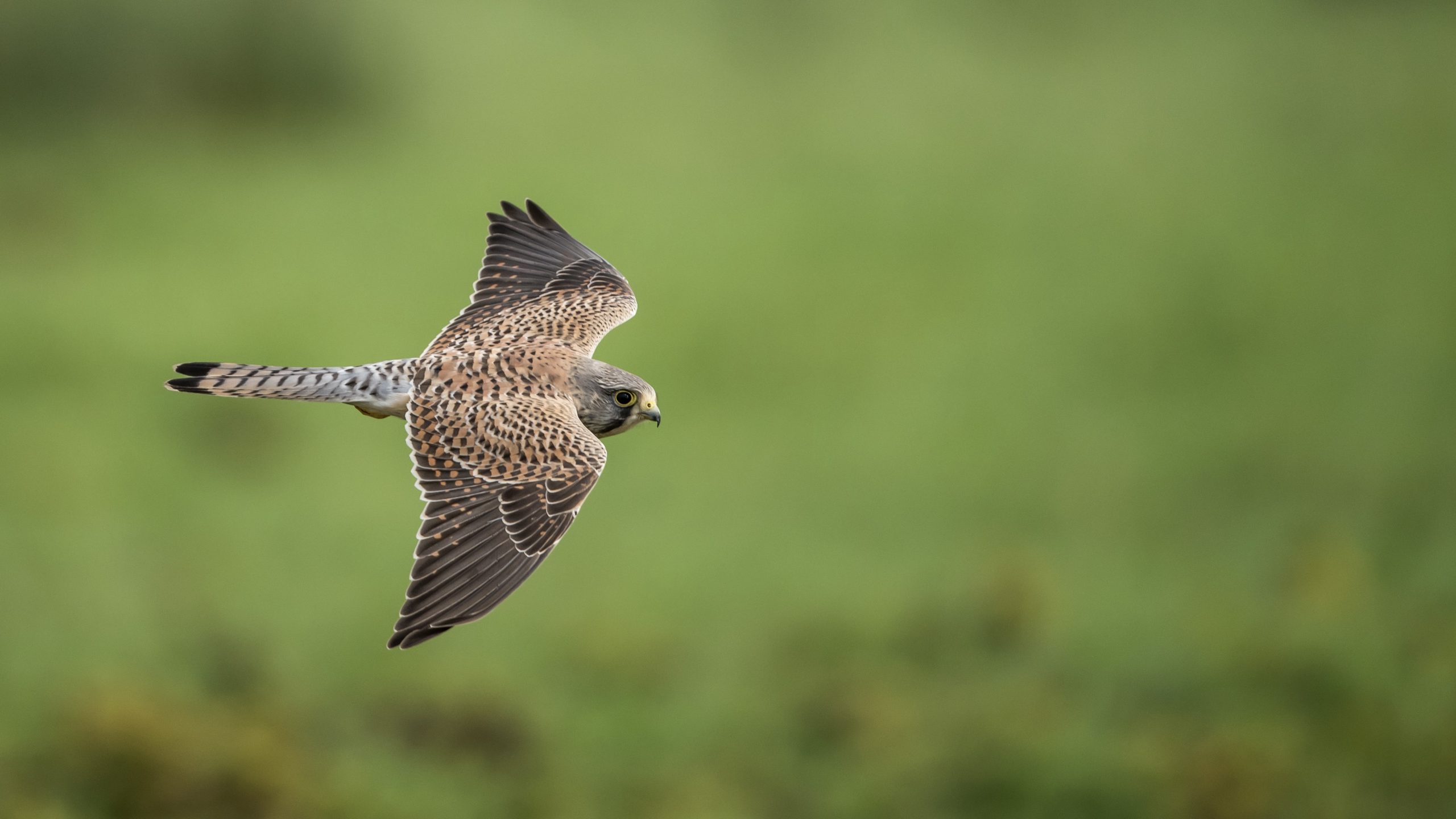The American kestrel is North America’s smallest falcon. In many areas, you can spot the petite hunter swooping over a field to snatch up a grasshopper, beetle, or even a mouse to bring back to its nest and feed its babies.
“Historically, predators like kestrels time their reproduction to coincide with peaks in prey availability,” says Julie Heath, a professor at Boise State University.
She was part of a team that looked at how the timing of kestrel nesting across North America affected the birds’ reproductive success.
They found that when kestrels nested and laid eggs before the onset of spring, more chicks hatched and survived than when eggs were laid later.
The difference was most pronounced in the Northeast, where their prey is active and abundant for a shorter period of the year.
As the climate warms and spring comes earlier, that time window is shifting.
“So if kestrels cannot shift the timing of their nesting, they might miss the optimal window for raising young, and this mismatch between prey and kestrels could lead to lower productivity,” Heath says.
Kestrel populations have been declining for decades. Heath’s research suggests that climate change could be playing a role — and put more pressure on the species in the future.
Reporting credit: Sarah Kennedy/ChavoBart Digital Media
Source link


